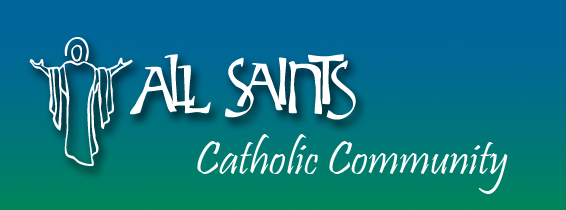Easter Sunday the resurrection of the Lord, March 27, 2016
Do you think the people in Brussels celebrate the resurrection as they have done last year? For them the loss of their loved ones must be similar to what the friends of Jesus must have felt when he was taken away from them, killed on a cross by foreign soldiers. Mary Magdalene was one of those who suffered from the loss of Jesus. I would like to invite you to accompany Mary Magdalene in her loneliness. Easter morning: Mary Magdalene goes to the tomb – alone. She should not be alone – not on a day like this. Not now in this moment of pain, of grief and mourning. Try to imagine what feelings Mary has – she recalls past events, disappointments, and she recalls hopes that are gone, that are buried in this tomb in front of her. She is alone, left alone, abandoned. For her everything is night and dark and cold – even if this morning near Jerusalem might be sunny and warm: for her it is night and dark and cold. Disappointments, buried hopes, abandon… Or maybe her head is simply empty – she does not really perceive anything. Until the moment when she sees that the stone of the tomb has been taken away – the tomb where she and friends had buried the body of Jesus some days ago. The tomb stone had been taken away: the very stone that marks the border between the dead ones and the living ones, between death and life – taken away. The very stone that is marking the end of life – taken away. The very stone that puts a heavy burden on so many hearts – taken away. Mary remains outside of the tomb, she only looks into the empty tomb. “Where have they put the dead body of Jesus?” She looks around, she turns around. Was there a noise in her back? She sees the gardener and recognizes Jesus. I would like to insist upon this fact that Mary Magdalene “turns around”. She does something, she is active. Easter is when I turn around. If I do not turn around and if I only see the tomb and if I only see death, then the risen Lord, then life can never meet me, then I can never meet life. Mary Magdalene turns around and faces life. Death has no more power over her heart, over her thoughts. She is free. She changes the direction of her sight, of her thoughts. Nothing is the same for her. Because she turns around she can see things new, she can see new life. This is Easter – turn away our eyes from the tomb stone, from the empty tomb, turn around so that we meet the living Jesus, so that we meet life, new life. There is no use in scrutinizing the stone – the stone will never tell us about life. But if I turn around, then there is no stone, then there is Jesus waiting for me with his new life, with new life for me. We had wanted to accompany Mary Magdalene, she shouldn’t be alone – but in fact it is Mary Magdalene who took us with her. It is her who brought us to the garden with the tomb and the gardener. It is her who showed us that in turning around we can meet life. Meet life in Jesus who has overcome death. We can meet Jesus who has made our fears and guilt and resignation disappear. In him we meet a new creation. And Mary Magdalene was to bring this message to the disciples – the male disciples who did not know much, who did not understand much – certainly less than Mary Magdalene. She was to bring this message of life made new to the disciples, to us. We shared some moments with Mary Magdalene and with her feelings. They may tell us more about Easter than many words. I hope and pray that the people in Brussels who lost their loved ones dare to turn round to see the new life that is coming, the new life that consoles and comforts them. This feast of Easter tells us and all those mourning that what happened to Jesus will happen to us too. We too will rise one day with him and experience new life, life we receive, life we transmit, life we are thankful for. Easter is not only concerned with recalling the resurrection of Jesus or its impact on the first disciples, but Easter is also concerned with the meaning of this event for our own lives and for our faith. The crucifixion 2000 years ago was a historical event; the resurrection is a faith event; a faith event that takes place in our lives – today and at every moment of our lives. We are invited to receive this life giving gift from God and to transmit it to our world as a message of hope. (John 20:1-9)
Fr. Wolfgang Felber SJ
